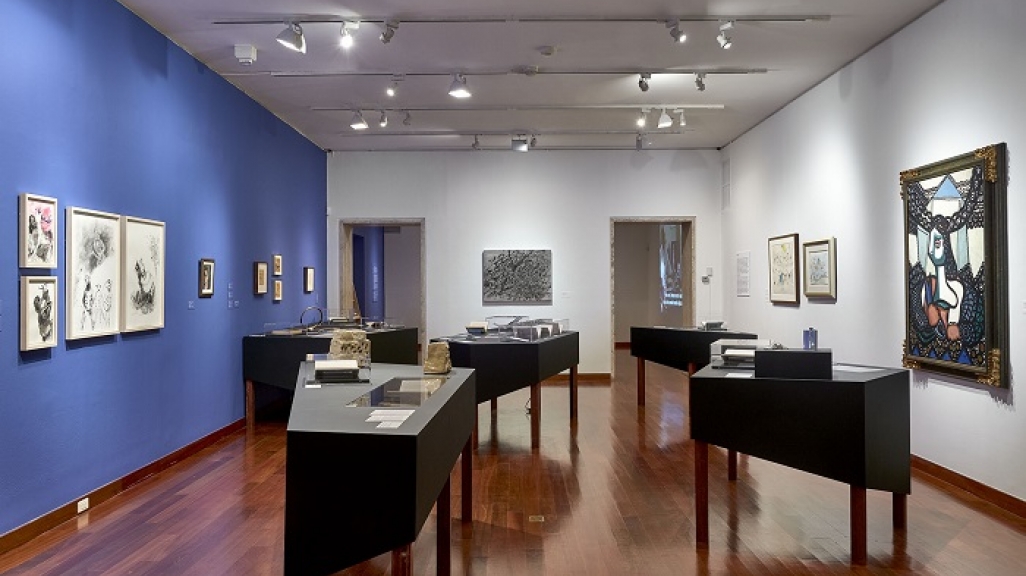Critical Eye: Beyond the Sea
Critical Eye: Beyond the Sea
Art in America reviews Trembling Thinking, an exhibition focused on the two Caribbean thinkers Lydia Cabrera and Édouard Glissant.
“TREMBLING THINKING,” a show on view last winter at Americas Society in New York, was described by its trio of curators as an “exhibition of ideas.” Hans Ulrich Obrist, Gabriela Rangel, and Asad Raza brought together work by twenty-two artists, including Raza, that responds to or resonates with the thought of Cuban ethnographer Lydia Cabrera (1899–1991) and Martinique-born philosopher Édouard Glissant (1928–2011). The exhibition was an attempt to reflect on the expansive work of the two Caribbean intellectuals whose output often blended scholarship and literature, spanned poetry and fiction, and hewed closely to the artistic currents of their time. Regardless of the geopolitical split between the Hispanic and Francophone Caribbean, and the fact that the two writers’ intellectual paths rarely crossed in their lifetimes, Cabrera and Glissant offered complementary models for a world of mutual understanding, inspiring a legacy of postcolonial thought. The humane vision they shared is one in which people can relate to each other in spite of—or even on the basis of—an acknowledgment of profound difference.
In a collectively authored exhibition text, Obrist, Rangel, and Raza state that Cabrera and Glissant sought to “maintain an open and subjective relation to the world” by refusing to “systemize thinking.” The curators describe how the two examined “questions of representation and social thought, not exclusively in a theoretical register,” but rather in “lived experience, especially the embodied experiences represented by love and friendship, and in music and dance and landscape.”1
The issues and predilections of Cabrera and Glissant were wide and varied, defying easy summation, and the work in this exhibition seemed to grapple with their concepts rather than merely illustrate them. Some of the featured artists were direct in this regard. Algerian-born Philippe Parreno, for example, invited viewers to use their own phone to call one of two telephone numbers in order to hear Cabrera and Glissant themselves speaking. Other connections between art and idea were more abstract. Diamond Stingily’s contribution, Entryways (2018), is a door with multiple locks and an aluminum baseball bat resting against it, suggesting the barrier that exists between home and world...









